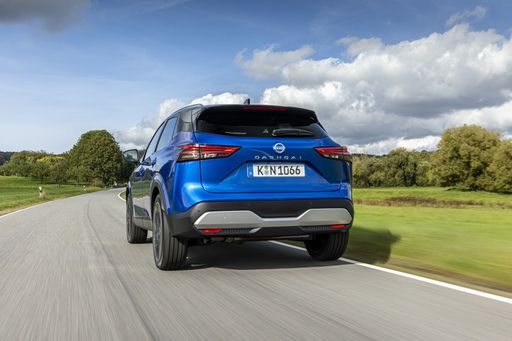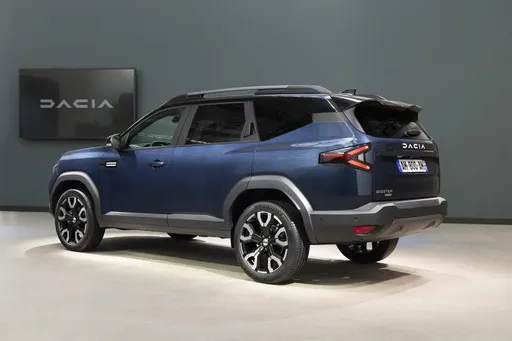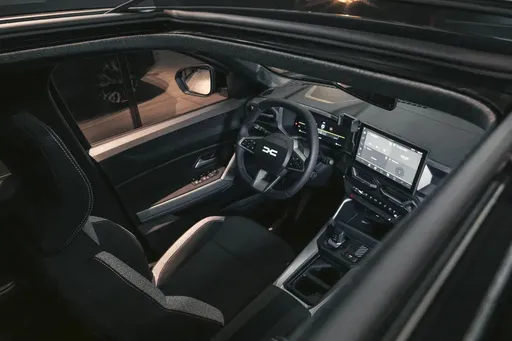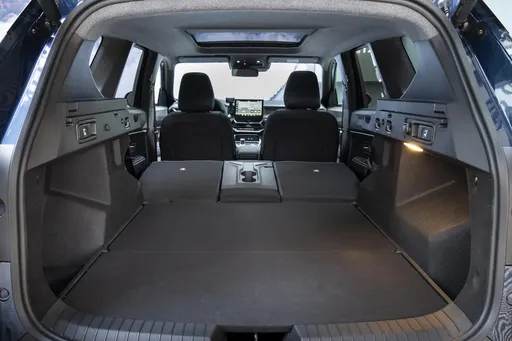A Clash of Titans: Nissan Qashqai vs. Dacia Bigster
In the burgeoning compact SUV market, two contenders have emerged that cater to distinct preferences and needs: the Nissan Qashqai and the Dacia Bigster. Both vehicles boast innovative technologies and design philosophies, yet they differ significantly in their offerings. This article delves into a comprehensive comparison of these two popular models, analyzing their technical aspects and innovations.










